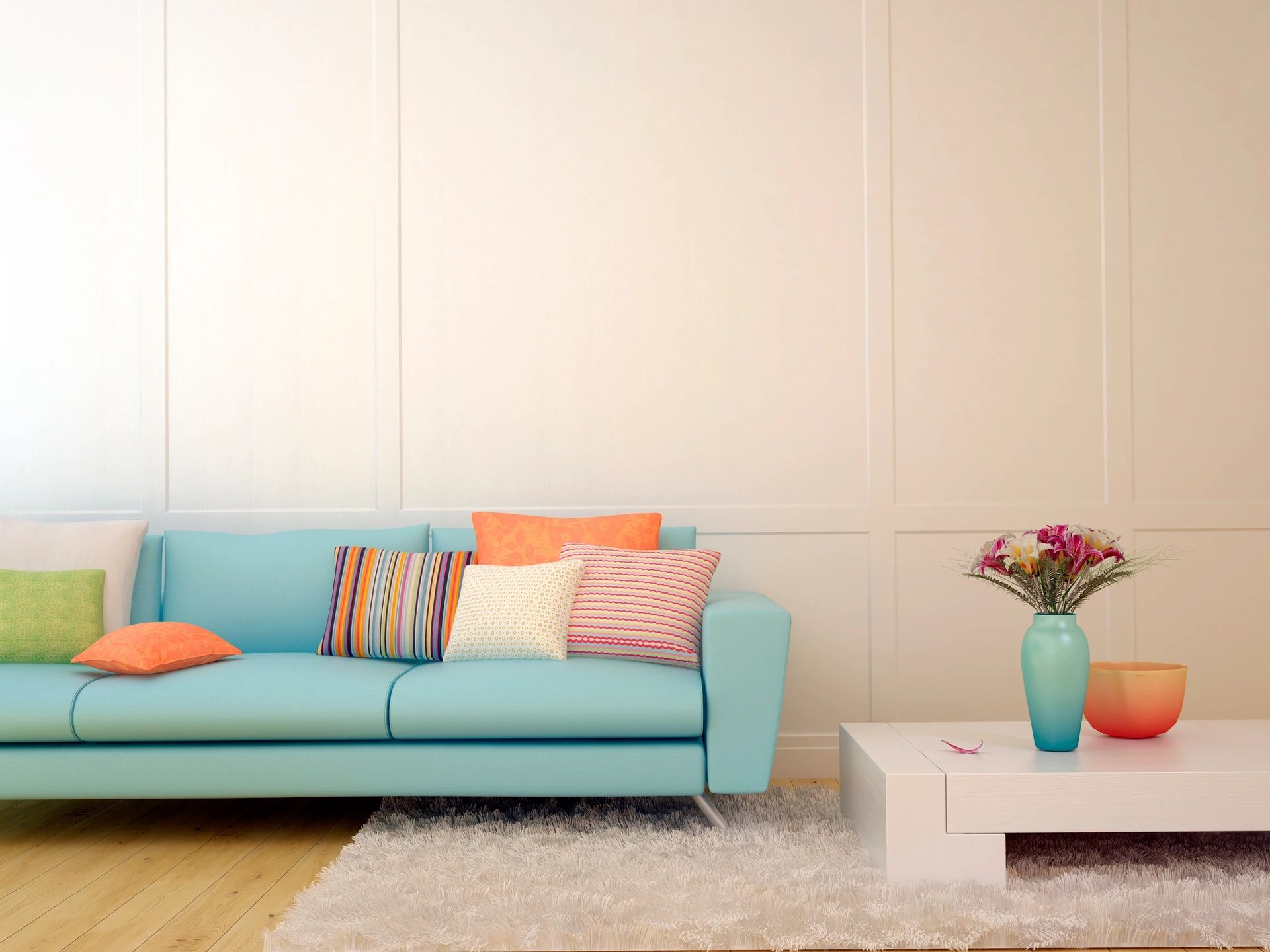
01 Jul Installing Crown Molding to Add Value to a Home
Unlike kitchen or bathroom upgrades, installing crown molding to increase the value of your home often doesn’t provide the drastic surge in resale value that homeowners expect. This architectural feature is one of those things that, when done well, makes the ceiling seem higher, the room seem more finished and the home seem more interesting than it would without the molding; however, the crown molding itself usually results only in breaking even or adding a little to the home’s value.
Don’t Upgrade Too Much
A common mistake some homeowners make is going overboard with upgrades. No matter how beautiful a home is, high-end finishes in a mid-range neighborhood almost never increase the value enough so that you recoup the cost. To get a feel for what type of crown molding is normal or average in your area, look at recently sold and open listings. This will give you an idea as to what buyers are responding to as well as what’s inside your neighborhood’s homes. When it comes time to choose crown molding for your home, don’t go much beyond what’s in your area, as you’re likely to lose money.
Never install something that’s below the average in your area. Putting up a product that’s equivalent in size or style to quarter round when the homes in your area all have ornate crown molding only highlights the use of lower-end features in your specific property. If you can’t afford the average, it’s often better to leave it alone until you can, rather than simply putting something up to say your house has it.
Keep Style in Mind
Although paying attention to comparable properties in your area is essential, you also want to make sure the style of crown molding you choose matches the overall style of your home. In general, traditional homes can handle molding that is ornate, detailed and/or large; Craftsman-style homes and modern properties look best with cleaner lines.
The height of your ceiling also matters. Anything less than 10 feet high should have 1 inch or less in crown molding height; anything more than this often accommodates 1 extra inch per foot. Like any other design idea, this “rule” isn’t set in stone, although it is a good place to start. Crown molding is meant to look as if it was a part of the home from the time it was built.
Make It Part of an Overall Look
If you put up crown molding in a home where everything else is outdated, it’s not going to do much good. Upgrading other areas of your home, such as a fresh coat of paint and new or refinished flooring, ultimately gives you the best bang for your buck. If there are various other issues in your home that need to be addressed, start with those before moving on to crown molding. Although adding new molding may have a huge impact on your space, it always will look out of place against worn-out flooring, peeling paint or wallpaper, and outdated light fixtures. In addition to this, if you have nothing in the way of baseboards, upgrade these at the same time you do the crown molding; a vinyl, commercial baseboard coupled with ornate molding at the ceiling is not a good match.
Hiring a Professional
Crown molding is one of the less-expensive upgrades homeowners do — at least when it comes to materials. If it is poorly done, it does nothing for your home and may even detract from the value. Installing this architectural feature correctly requires a fair understanding of geometry and slightly above-average woodworking skills. If you don’t possess both of these, or if you have absolutely no experience in installing crown molding or similar features, hire a professional. It increases the cost and decreases your return on investment; however, if you don’t install the molding correctly, you’ll eat through materials until you realize a professional is necessary — all of which may cost you even more in the long run.



